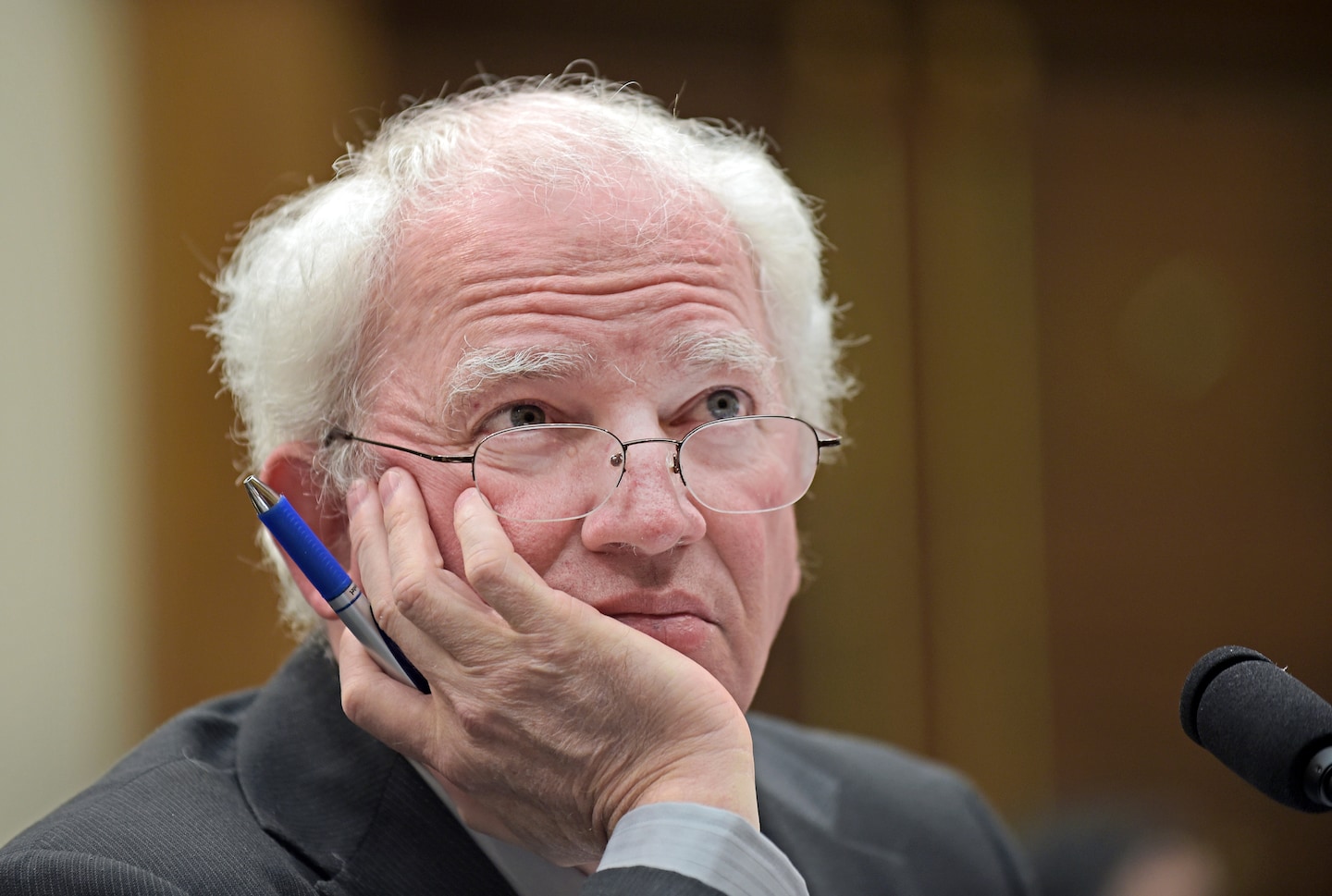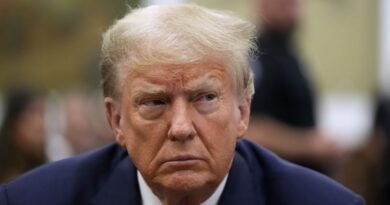Trump lawyer John Eastman relies on the same bad election-fraud evidence as everyone else

On Thursday evening, Eastman’s legal team submitted a filing as part of that effort. It includes new revelations about what’s in the cache of documents that Eastman claims are protected by attorney-client privilege, such as “hand-written notes from former President Trump about information that he thought might be useful for the anticipated litigation.” But in an attempt to derail the House select committee’s argument that those communications should not be privileged, given that they may have involved an effort to either commit or obscure a crime (a.k.a. the crime-fraud exception), the filing argues that a challenge to the results of the election was warranted because of the robust evidence that fraud occurred.
And to prove that point, Eastman’s team relies on some wildly dubious claims.
As you probably know, the lawyer was a central actor in Trump’s effort to steal a second term in office. Eastman wrote a memo arguing that Vice President Mike Pence could simply reject electoral votes submitted from various states. The longer version of the memo (apparently written after a briefer, more aggressive iteration received a cool response) included an effort to articulate similar claims about fraud. That the first didn’t spend much time on that point is telling: The first plan of action centered on seizing power, and the rationale was later backfilled.
The new court filing asserts that the issue Eastman was discussing with Trump was “not whether there had been illegality and fraud in the election—there was ample evidence of that at the time, and the evidence on that score has only grown since—but whether it was of sufficient scope to have altered the outcome of the election, warranting reversal, or at least called it into question, [warranting] a new election.” Setting aside that the example of a new election being called was the fraud uncovered in a congressional race in 2018 — an incident in which the repercussions were far lower and the evidence far greater — it’s useful to point out the falsehood in the middle of the sentence. There was no “ample evidence” of fraud on Jan. 6, 2021, and the idea that there was has only decreased since.
“Countless examples of election illegality and fraud, and expert opinion indicating a high likelihood of fraud, were available to President Trump and Dr. Eastman at the time,” the filing claims. It points to a petition filed by the Trump campaign against election administrators in Georgia, documenting “scores of violations of Georgia election law” that purportedly affected the election.
Notice what Eastman’s doing here. He’s conflating changes to the law with fraud, in an effort to bolster the idea that the election was stolen via efforts to expand voter access that he and Trump believe worked against the incumbent. It’s like claiming that someone committed arson and citing as evidence the fact that the service station near their house was selling gas without charging the required taxes.
The Georgia Supreme Court rejected the suit in December 2020. Eastman’s filing elevates claims from that lawsuit anyway and loops in new assertions, including an incident in which a Georgia Tech student alleges that someone voted with her absentee ballot. That claim was central to a lawsuit against the 2020 results filed by former senator David Perdue that was ignominiously tossed out of court this month.
“This evidence was known by Dr. Eastman and his client at the time,” the filing reads, speaking of the Georgia assertions, “but it has recently been lent additional support by revelations contained in a new documentary film by Dinesh D’Souza, 2000 Mules, supported by exhaustive analysis of geospatial cell phone data and drop box video surveillance footage, of a massive and illegal ballot harvesting scheme.”
In reality, “2000 Mules” offers no robust evidence of anything. Not of the scheme alleged in the movie and, therefore, not of the validity of Eastman’s claims. Of course, as the filing admits, this concocted allegation didn’t exist at the time Eastman was advising Trump, making its inclusion here a particularly odd choice that serves mostly to reveal how thinly supported the overall argument is.
The filing then points to other examples of lawsuits focused on legalities rather than fraud, but it soon returns to the idea that he and Trump were warranted in assuming there was robust fraud.
“Statistical evidence, contained in Dr. Eastman’s privileged email exchanges … but also that which was publicly available at the time, strongly indicated ‘the intense improbability of the accuracy of the present Biden lead,’ ” it reads. The source for that? A purported analysis of the statistical unlikelihood of Biden’s win that focuses on things such as the fact that Joe Biden received more votes in many places than Barack Obama did in 2008 — something easily explained by both population growth and fervent opposition to Trump.
The author of that analysis, incidentally, was Steve Cortes, an adviser to Trump’s campaign.
One of the most ludicrous arguments in the new filing centers on the commonly repeated refrain that the election was the “most secure in American history,” an assertion made by Trump administration officials soon after the vote concluded. That statement also said there was “no evidence that any voting system deleted or lost votes, changed votes, or was in any way compromised.” It was an effort to rebut baseless claims about electronic voting machines that were being made by people such as Trump attorney Sidney Powell.
But the Eastman filing rejects that assertion using one example.
“The forensic audit conducted in Antrim County proved that statement to be false,” it reads, “as even the State’s own expert acknowledged that votes were switched in the machine due to an improper software upgrade.”
This is nothing short of embarrassing. First, it aims to rebut a broad claim about the reliability of electronic voting machines nationally based on the results in a Michigan county where 16,000 votes were cast. Second, it aims to rebut that claim based on an incident that was easily and quickly explained as an error in how vote-counting machines were configured by county officials. Third, even had the incorrect results stood, Trump would have lost Michigan handily. Fourth, it is not in the least an example of votes being lost, changed or compromised, just an error in how they were at first counted. Fifth and most important, no good-faith assessment of the election should treat Antrim’s goof as evidence of rampant uncertainty about the results.
In fact, a Republican-led probe of the election found last year that “all compelling theories that sprang forth from the rumors surrounding Antrim County are diminished so significantly as for it to be a complete waste of time to consider them further.” Yet here is Trump’s former attorney considering them further.
All of this is largely moot anyway. In emails to a legislator in Pennsylvania in December 2020, Eastman put the cart before the horse explicitly, suggesting how vote numbers could be reconsidered to make the case that an alternate slate of electors might be appointed. They include advice about how to “prorate” vote totals based on specious claims of fraud or legal changes to advantage Trump — meaning you could backfill evidence of fraud to rationalize the desired power play.
That’s the pattern shown in his pre-Jan. 6 memos. That’s the pattern shown in this new filing.


